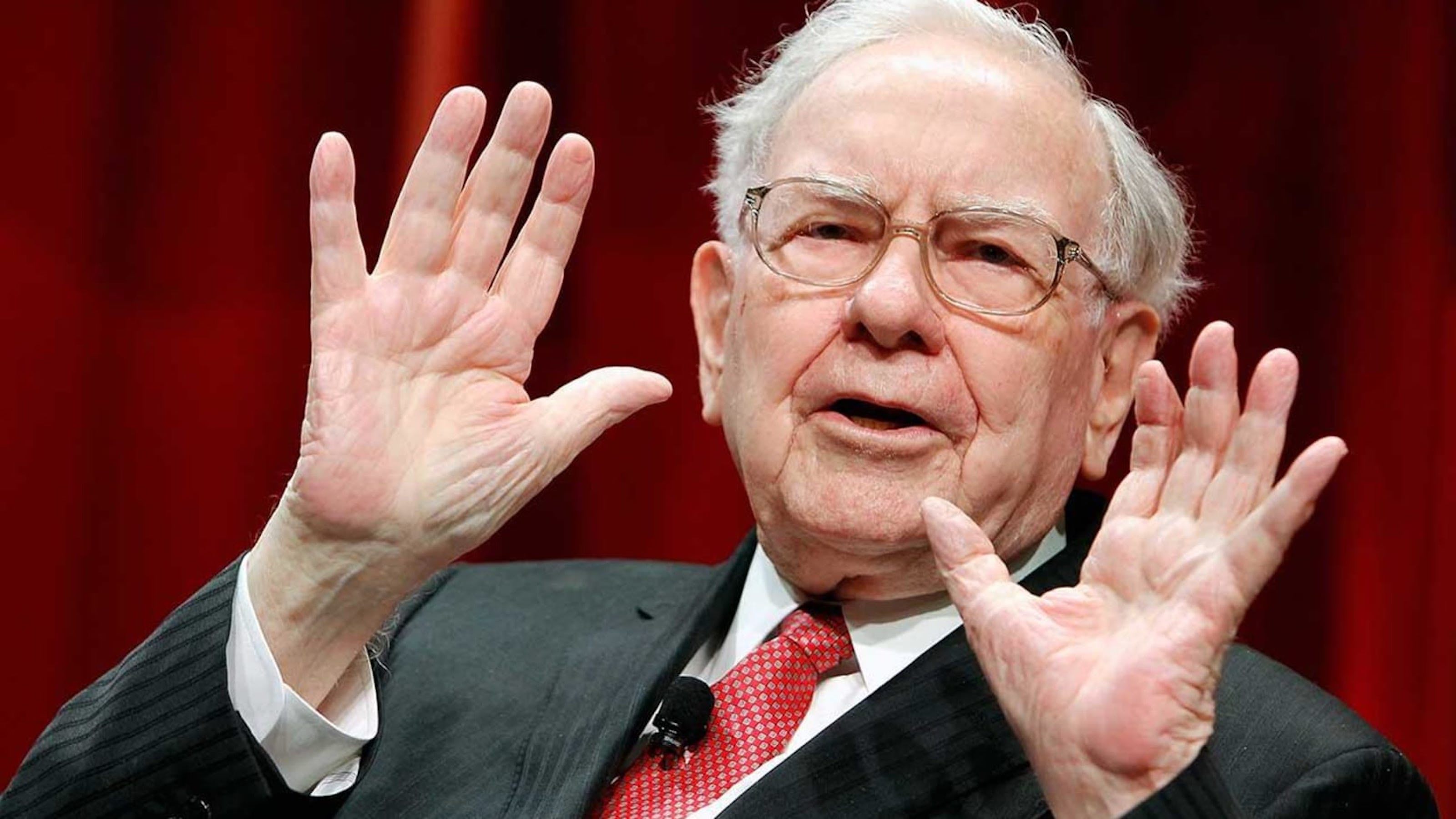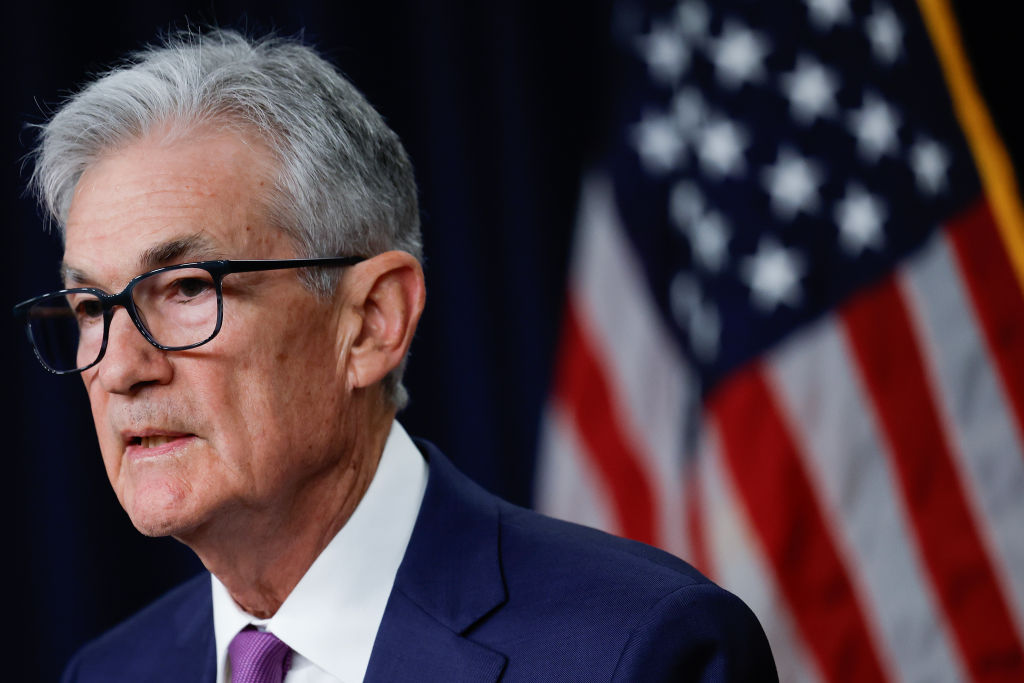6 Stocks to Sell Now
Their businesses are deteriorating or their share prices are too high. If you own any of these stocks, sell before they cause you more grief.
Notwithstanding the stock market's March 6 swoon, investors have enjoyed solid profits so far this year. Most stocks have seen their prices rise, with the lowest-quality companies performing the best. Still, companies with problems will eventually see their share prices fall. So now is a perfect time to get rid of the dogs in your portfolio -- before they shed their fleas.
ORDER NOW: Mutual Funds 2012 Special Issue
We think the stocks of the six companies below are unattractive because they have fundamental problems with their businesses, not just high stock prices. Although a few have already experienced significant share-price declines, we think you should get out now if you still own them. And if you're an aggressive investor, consider these stocks prime candidates to sell short.

Sign up for Kiplinger’s Free E-Newsletters
Profit and prosper with the best of expert advice on investing, taxes, retirement, personal finance and more - straight to your e-mail.
Profit and prosper with the best of expert advice - straight to your e-mail.
Start with Groupon (symbol GRPN). The Chicago-based daily-deals company has been one of the biggest beneficiaries of the hype surrounding social media. It arranges deals with local merchants, e-mails the bargains to its millions of subscribers, then splits the revenues with the merchants. Groupon's initial public offering debuted at $20 in November. The stock peaked at $31.14 on its first day of trading, but within a month tumbled below $15. It now trades at $18.13 (all prices are as of the March 3 close).
Groupon may be the first company in this business, but there are no barriers to entry and competition is heating up. In addition to other start-ups, such as Living Social, deep-pocketed giants Amazon and Google have entered the market, as well as big media firms, such as the Washington Post and New York Times.
Groupon's numbers are starting to reflect the tougher climate. Although its revenues soared 419% in 2011, quarterly revenue growth in North America declined every quarter last year. Operating expenses jumped 149% in 2011, and the company has yet to post a profit.
Most worrisome is the company's history of using the bulk of early venture-capital funding to buy stock from insiders, instead of investing in the business. That leads one to believe the shares could crater on May 4, when the 180-day lock-up ends and insiders get their first chance to sell stock in the public market.
It's risky taking on a Wall Street darling, which Salesforce.com (CRM) became after moving into cloud computing, a technology that lets companies access their data from anywhere over the Web. Since November 2008, shares of the San Francisco-based provider of customer-relationship-management software have surged nearly six-fold, to $142.08.
But we see storm clouds on the horizon that many investors are ignoring. For the fourth quarter that ended January 31, Salesforce reported that revenues jumped 38%, to $632 million. That's not bad. The problem is that operating expenses grew just as fast. Moreover, Salesforce's balance sheet shows that the company has only enough short-term assets on hand to cover 72% of its short-term debts, suggesting that Salesforce could soon experience a cash crunch.
Much more disturbing is the company's own view of the future. For the fiscal year that ends next January, Salesforce predicts that revenue growth will fall to 29% from 37% last year. The stock, meanwhile, sells for 90 times the $1.60 or so per share that Salesforce forecasts it will earn in the January 2013 fiscal year. Investors may well have their heads in the cloud to award Salesforce's shares such a stratospheric price.
It's no surprise that the publishing industry is going through an upheaval, but you would think that losing a major competitor would be a plus for Barnes & Noble (BKS). Instead, it seems to be just hanging on. Sales for its fiscal third quarter, which ended January 28, rose 5%. That's not especially impressive given that this was B&N's first Christmas quarter since Borders went out of business. Sales at stores open at least one year (an important measure in retailing) grew 2.8%, down from 7.3% a year ago. Although the New York City-based bookseller posted a profit in the holiday quarter, earnings fell 14% from the previous year. And for the fiscal year that ends in April, B&N expects to post a loss of as much as $1.40 a share, compared with a loss of $1.31 per share in the previous fiscal year.
The big money drains are the costs of revamping the BN.com Web site and the marketing of the company's Nook tablet, which competes against Apple’s iPad and Amazon.com's Kindle. Sales growth at B&N's Nook segment is decelerating. For the company's first quarter, which ended in July, the segment's sales growth was 140% compared with the year-earlier quarter, but the figure slipped to 85% for the October quarter and to 38% for the quarter that ended in January. That led B&N to lower its Nook division sales forecast for the current fiscal year from $1.8 billion to $1.5 billion. With the stock at $13.35, now might be the time to close the book on Barnes & Noble.
After falling 80%, to $13.32, over the past year, shares of Research in Motion (RIMM) now trade for just five times estimated year-ahead earnings. The stock looks like a steal, right? Wrong. The Canadian maker of wireless devices is taking a beating from Apple’s iPhone and iPad and from devices using Google's Android system, and the battering shows no signs of abating.
Yet after this year's self-inflicted wounds, it looks as if the Blackberry smart-phone maker is its own worst enemy. Last April, RIM launched its Playbook tablet without including e-mail or Blackberry's popular messenger service. Then it delayed an upgrade for the Playbook for almost a year. And when RIM's e-mail and Internet services were disrupted for three days in October, business clients began to question the company's reliability. Investors were encouraged by the recent departure of the company's co-CEOs, but the February upgrade of the Playbook's operating system failed to impress.
With a new Blackberry phone and operating system not expected until late 2012, there seem to be few positives that could lift the stock in the near term. However, there are some potentially negative developments. The release of a new iPad and Kindle could make the Playbook irrelevant. In addition, the company warned in December that year-over-year sales would fall by as much as 19% and earnings by more than 50% for the quarter that ended March 2. Even that dire forecast may prove to be overly optimistic.
Look out below. Eli Lilly (LLY) just fell off the so-called patent cliff, the precipitous drop in revenues that a drug maker suffers after a blockbuster product loses its patent protection. And it could be a long slog back for the Indianapolis-based pharmaceutical giant. Zyprexa, the antipsychotic drug that was responsible for 19% of Lilly's sales in 2011, lost its patent exclusivity in both Europe and the U.S. late last year. In the fourth quarter, worldwide sales of Zyprexa plunged 44%, to $750 million, contributing to a 27% decline in Lilly's profits, to $858 million. For 2012, analysts expect earnings to tumble 28%, to $3.18 per share, after declining 15% in 2011.
Lilly's other big product, the antidepressant Cymbalta, remains a strong seller, but it loses patent protection in 2013. Although Lilly has many drugs in the early and middle stages of development, solanezumab, a treatment for Alzheimer’s disease, is the only potential giant expected to end its late-stage trials this year. Anticipation that solanezumab will be a smash hit is keeping the stock price up. But Tim Anderson, an analyst at Sanford C. Bernstein, says there's an 80% chance that the drug will prove ineffective and calls it a "lottery ticket." Most analysts won't even factor the drug into their earnings forecasts. With no drug launches scheduled for 2012, sales and profits will continue to slide. That seems like a prescription for selling. The stock trades at $39.13.
Revenues in the coal industry are falling off a cliff as well. With the price of natural gas sinking to a ten-year low, electric utilities have stopped buying coal for their power plants and switched to the cheaper and greener energy source. Steel makers have also reduced their demand for coal.
This environment has been especially brutal for Patriot Coal (PCX). The St. Louis company is a midsize coal producer with 13 active mining complexes in Appalachia and Illinois and a market value of just $625 million, making it the smallest company on our list. Not only has Patriot posted losses for six of the past seven quarters, but most were larger than both analysts' expectations and the previous year’s losses. Over the past year, the stock plunged 76%, to $6.36 (the stock fell 7.7% on March 5, apparently on news that China, a big consumer of coal and other minerals, had lowered its growth target for 2012).
Why sell a stock that has already fallen so far? Because there's a good chance that Patriot shares can fall considerably more. Expenses are growing faster than sales, and the company has negative working capital (meaning current assets are less than current liabilities) and negative free cash flow (cash from operations minus capital expenditures.) And the outlook for the rest of the year is bleak. Patriot has already said that it could sell 13% less coal this year than it did in 2011. "On this stock, it’s never too late to get out," says Brian Shepardson, a manager of the James Long-Short Fund (JAZZX), which has sold short shares of Patriot.
Lawrence Carrel is the author of Dividend Stocks for Dummies.
ORDER NOW: Buy Kiplinger's Mutual Funds 2012 special issue for in-depth guidance on the only investments you need.
Get Kiplinger Today newsletter — free
Profit and prosper with the best of Kiplinger's advice on investing, taxes, retirement, personal finance and much more. Delivered daily. Enter your email in the box and click Sign Me Up.
-
 Why You Should Pay Your Traffic Tickets Before They Become a Six-Figure Headache
Why You Should Pay Your Traffic Tickets Before They Become a Six-Figure HeadacheSkip a ticket, pay a fortune: How ignoring traffic fines can wreck your wallet, credit and coverage.
-
 The Best Health Care Stocks to Buy
The Best Health Care Stocks to BuyThe best health care stocks offer investors a defensive hedge in an uncertain market. Here's how to find them.
-
 Why Is Warren Buffett Selling So Much Stock?
Why Is Warren Buffett Selling So Much Stock?Berkshire Hathaway is dumping equities, hoarding cash and making market participants nervous.
-
 If You'd Put $1,000 Into Google Stock 20 Years Ago, Here's What You'd Have Today
If You'd Put $1,000 Into Google Stock 20 Years Ago, Here's What You'd Have TodayGoogle parent Alphabet has been a market-beating machine for ages.
-
 Stock Market Today: Stocks Retreat Ahead of Nvidia Earnings
Stock Market Today: Stocks Retreat Ahead of Nvidia EarningsMarkets lost ground on light volume Wednesday as traders keyed on AI bellwether Nvidia earnings after the close.
-
 Stock Market Today: Stocks Edge Higher With Nvidia Earnings in Focus
Stock Market Today: Stocks Edge Higher With Nvidia Earnings in FocusNvidia stock gained ground ahead of tomorrow's after-the-close earnings event, while Super Micro Computer got hit by a short seller report.
-
 Stock Market Today: Dow Hits New Record Closing High
Stock Market Today: Dow Hits New Record Closing HighThe Nasdaq Composite and S&P 500 finished in the red as semiconductor stocks struggled.
-
 Stock Market Today: Stocks Pop After Powell's Jackson Hole Speech
Stock Market Today: Stocks Pop After Powell's Jackson Hole SpeechFed Chair Powell's Jackson Hole speech struck a dovish tone which sent stocks soaring Friday.
-
 Stock Market Today: Stocks Drop Ahead of Powell's Jackson Hole Speech
Stock Market Today: Stocks Drop Ahead of Powell's Jackson Hole SpeechSentiment turned cautious ahead of Fed Chair Powell's highly anticipated speech Friday at the Jackson Hole Economic Symposium.
-
 Stock Market Today: Stocks Rise After Jobs Data Lifts Rate-Cut Odds
Stock Market Today: Stocks Rise After Jobs Data Lifts Rate-Cut OddsPreliminary data from the Bureau of Labor Statistics shows job growth was lower than previously estimated.